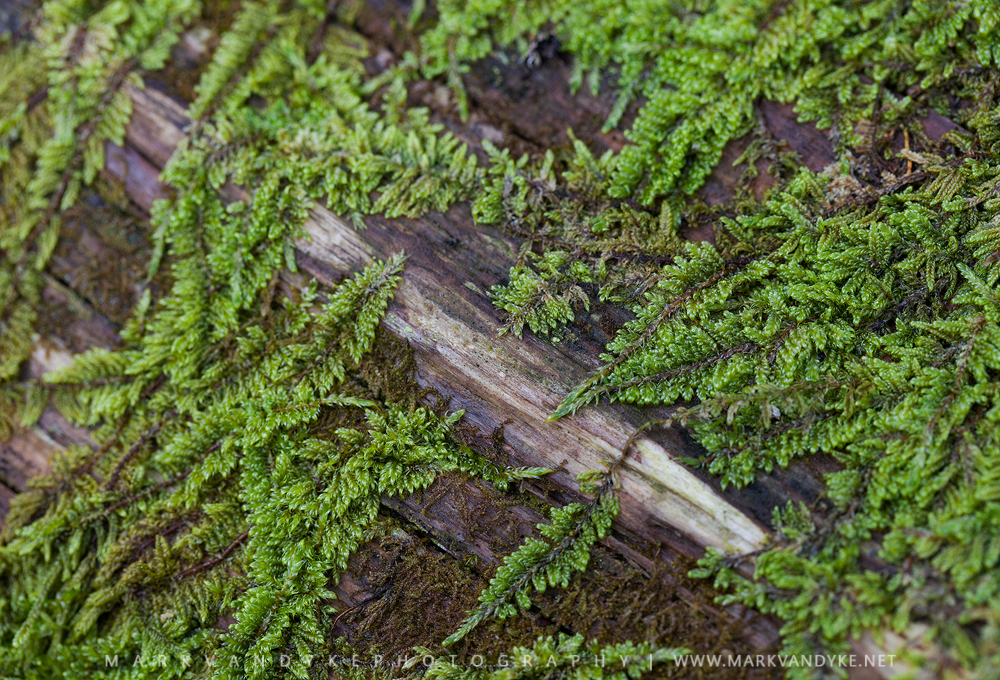
Photo Essay: Spring in the Smokies 2016
Each year, as spring rounds out towards mid-April I make a pilgrimage to Great Smoky Mountains National Park. I’m never alone; the who’s who of outdoor photography will be in the same place. Friends, mentors and those who I’ve only followed online. Somehow, we’ll all pass through the park without chaos: the area is large and the attractions are widespread. In the Smokies, you see, it is not a single place or tourist attraction that defines the park. Sure, vehicle traffic will get heavy in Cades Cove and Roaring Fork, places where access is great and effort is nil. Overlooks will become places of worship at sunrise and sunset. Gatlinburg will flash it’s bright lights, offer drink and amusement. However, the Smokies are by definition the flora and the fauna: the great diversity of living things along with the climate and the environment that support them. The Smokies are the trees and the rain and the streams and the wildflowers and the bears. For some, the experience is vivid enough from a car window; for others, more immersive trips into the forest are required. Each comes, answering different desires, but drawn to the same thing: wilderness. The promise of undeveloped land, of the types of adventure that cannot be had inside of walls or in front of a digital screen. We come to bear witness and to be part of nature, the mountains, and the Southern Appalachians.
I visited the Smokies in the Spring of 2016 from roughly April 16th to April 29th. During that period, from April 21st to April 24th I co-instructed a photography workshop with Tommy White of Mountains to Sea. We had a great group of folks and were treated to a wonderful mix of conditions during our shop. My goal for my own photography was simple: tell the story of the place. Do it humbly, honestly, thoroughly. Chase aesthetic beauty, but don’t pervert it for shares, likes and adulation. Put in the time and put in the work and, hopefully, be content with the results. Below you’ll find a collection of the images I created.
Looking now at the photos below, I’m struck by how feeble and inconsequential they seem towards that larger goal. Being full-time in outdoor photography has gotten me closer than ever to the things that I love: I spend more time outdoors on trails underneath open skies. However, being a full-timer has also meant being in many places and wearing many hats. Some days I play the expert and do everything in my power to deliver quality to clients who engage my services. Other days, I’m a novice, woefully inadequate in my own skills and knowledge. I find myself looking to others as the benchmark for where I wish I were (or hope to be). I’ve come to understand in a meaningful way the need for “being” while “becoming”–and how uncomfortable the chasm between the two can feel at times. As I ease into my fourth year of full-time outdoor photography, my foothold seems more fragile than ever.
With signs of an early spring in the landscape this year–and with my excitement ramping up to revisit familiar haunts like the Smokies–what I do know is this: when I’m out on the trail, physically moving through beautiful outdoor landscapes; when I’m crouched over a flower thick with morning dew, or standing high upon a summit as the sun crests the horizon; when I’m watching someone else fulfill their own vision through the medium of photography–when these things are occurring, none of it matters. I’m right where I need to be. I remind myself repeatedly that many others would gladly trade their own day-to-day existence for mine. And I try to hold onto that.
“Wilderness is vastly different from the clutter and clatter of much of our civilized world. In wilderness one experiences exhilaration and joy. In freedom and simplicity, in its vitality and immense variety, happiness may not only be pursued, it is ofttimes found.”
Harvey Broome, Out Under the Sky of the Great Smokies
“To me the image of the Smokies will always begin with rainfall, whether a faint fair drizzle or a drenching downpour.”
Michael Frome, Strangers in High Places
“Clearly now, plants, flowers and trees are to the Smokies what granite domes are to Yosemite and geysers to Yellowstone.”
Michael Frome, Strangers in High Places
“The present of the Great Smokies is complex and the future is uncertain. The fact that a national park embraces half a million acres is encouraging, but then each of us could have a different notion of what a national park should be and how it should be run, including those who pass laws and those who administer laws.”
Michael Frome, Strangers in High Places























